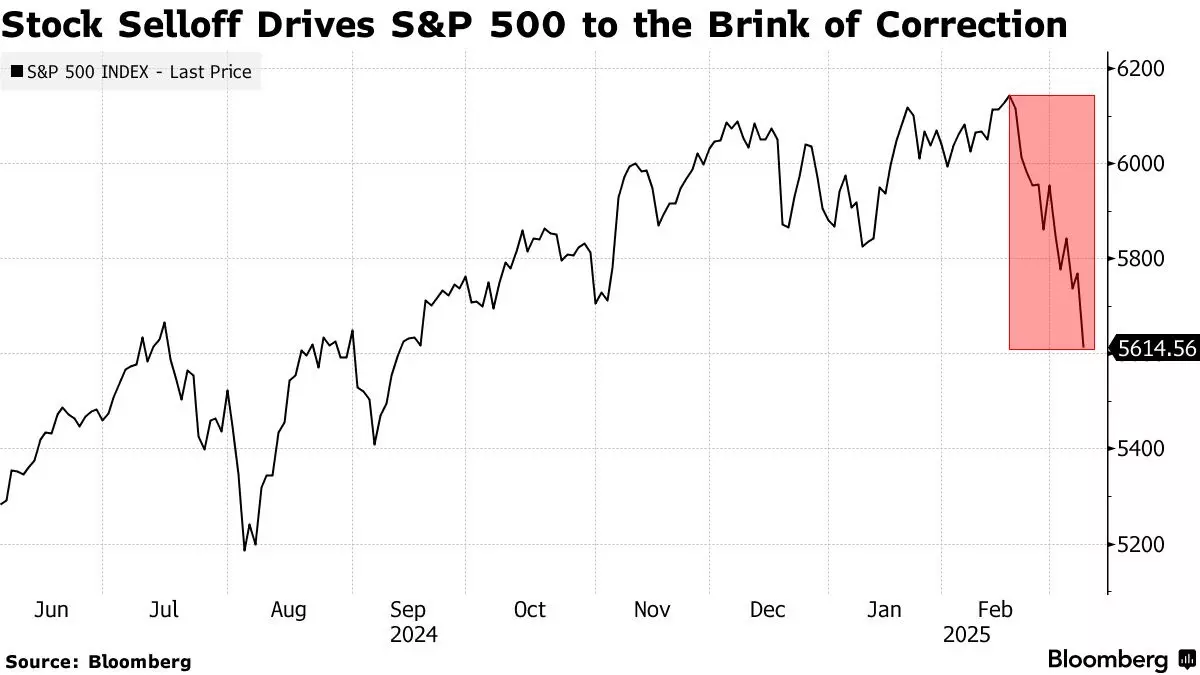US Stock Market Today: S&P 500, Dow Jones, Nasdaq Hit Record Highs Amid Optimism Over US-China Trade Truce
U.S. stocks surged to record highs Monday as optimism over a potential U.S.-China trade truce and expectations of a Fed rate cut lifted the S&P 500, Dow Jones, and Nasdaq.
US Stock Market Today: S&P 500, Dow Jones, Nasdaq Hit Record Highs Amid Optimism Over US-China Trade Truce

Wall Street started the week with great buying enthusiasm as the major U. S. stock indices shot up to record highs on Monday morning, buoyed by fresh hopes of an interim U. S.-China trade truce and in anticipation of the Federal Reserve policy meeting and Big Tech earnings due for release in the latter half of the week.
Market Rally in Early Trade
The Dow Jones Industrial Average was up 315.67 points (+0.67%) at 47,530.09,
The S&P 500 gained 63.83 points (+0.92%) at 6,856.09, and
The Nasdaq Composite shot up by 335.24 points (+1.45%) to 23,544.00.
A buying frenzy broke out among investors after reports pointed to Washington and Beijing moving closer to an interim trade agreement, a move that would possibly help ease strains on worldwide supply chains and give a fillip to corporate confidence.
Key Events Ahead: Fed Decision & Tech Earnings
Traders are bracing for an eventful week that could set the tone for markets through the end of the year.
A Federal Reserve interest rate decision will be announced on Wednesday, 29 October. Expectations remain strong for a one-quarter-point cut to cool inflation.
Big Tech names are also due to publish their third-quarter earnings reports. This too could weigh in on market direction.
On equities, bullish run is sparked by softer inflation data, robust corporate earnings, and easing trade tensions, analysts opine.
Return of Optimism to Wall Street
"Markets are pricing in a soft landing scenario," says Lindsey Piegza, Chief Economist at Stifel Financial. "If the Fed stays on track with measured rate cuts and trade disruptions continue to ease, we could see this rally sustain into year-end."
The early gains thus far were led by sectors that include technology, consumer discretionary, and industrials, all businesses sensitive to trade and interest rate expectations.

